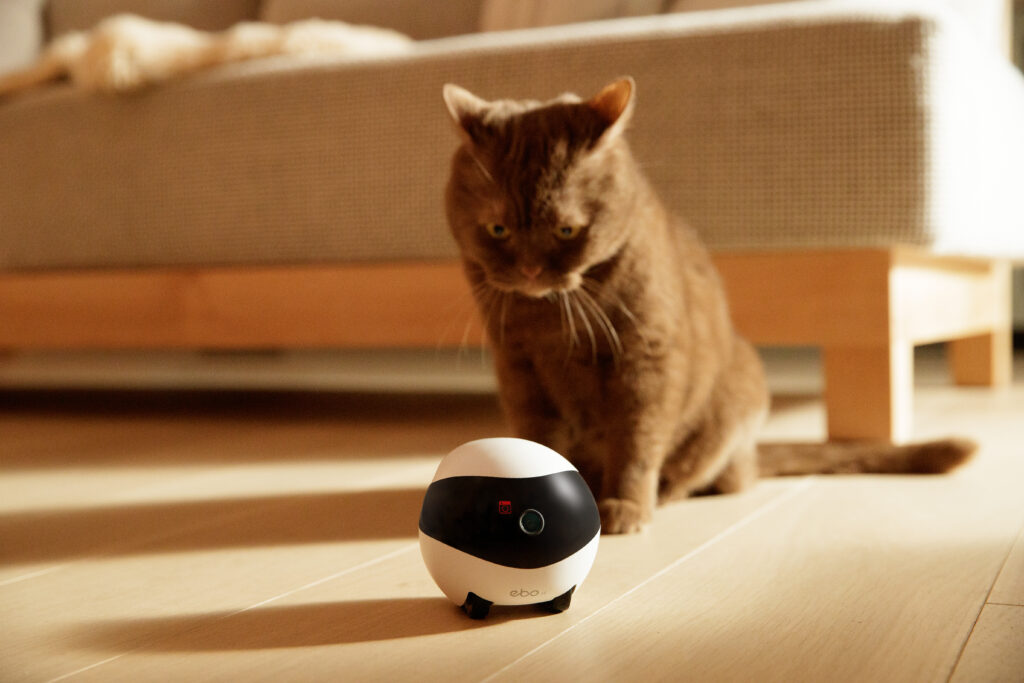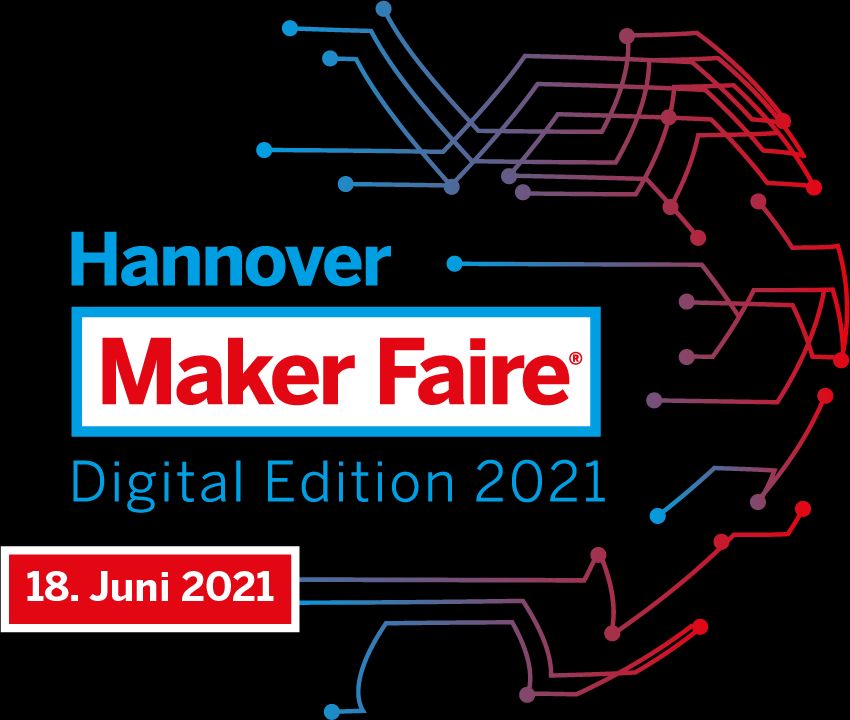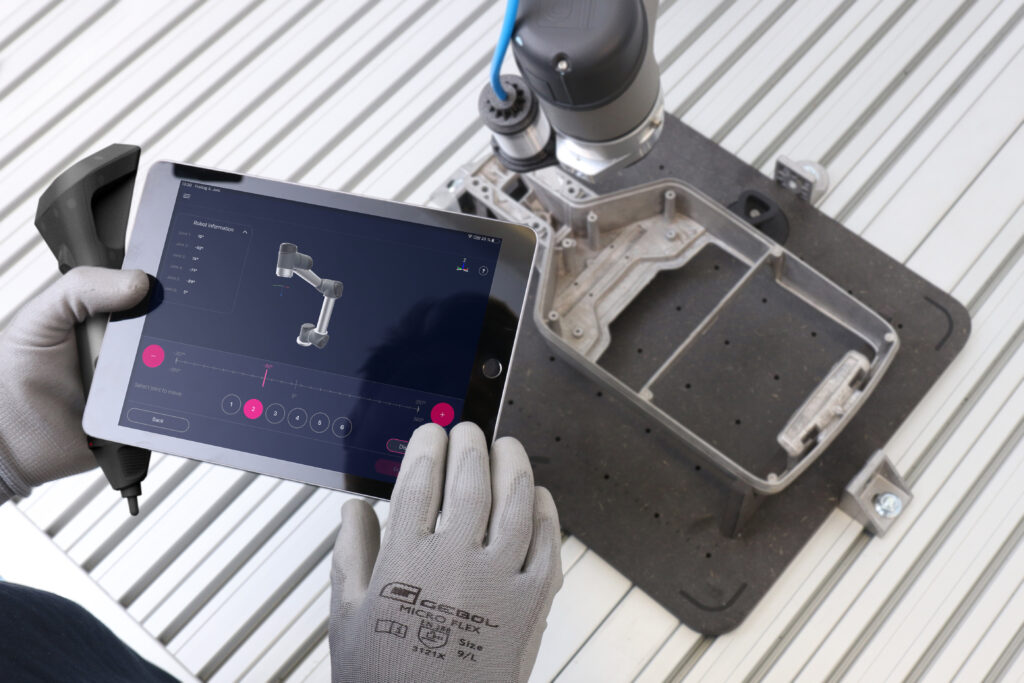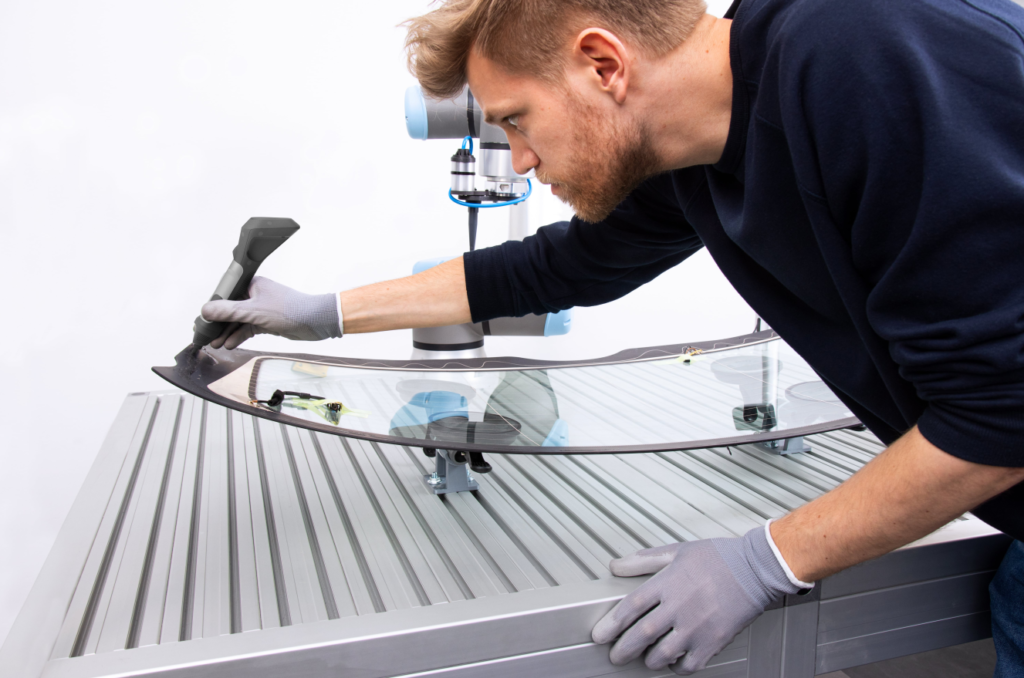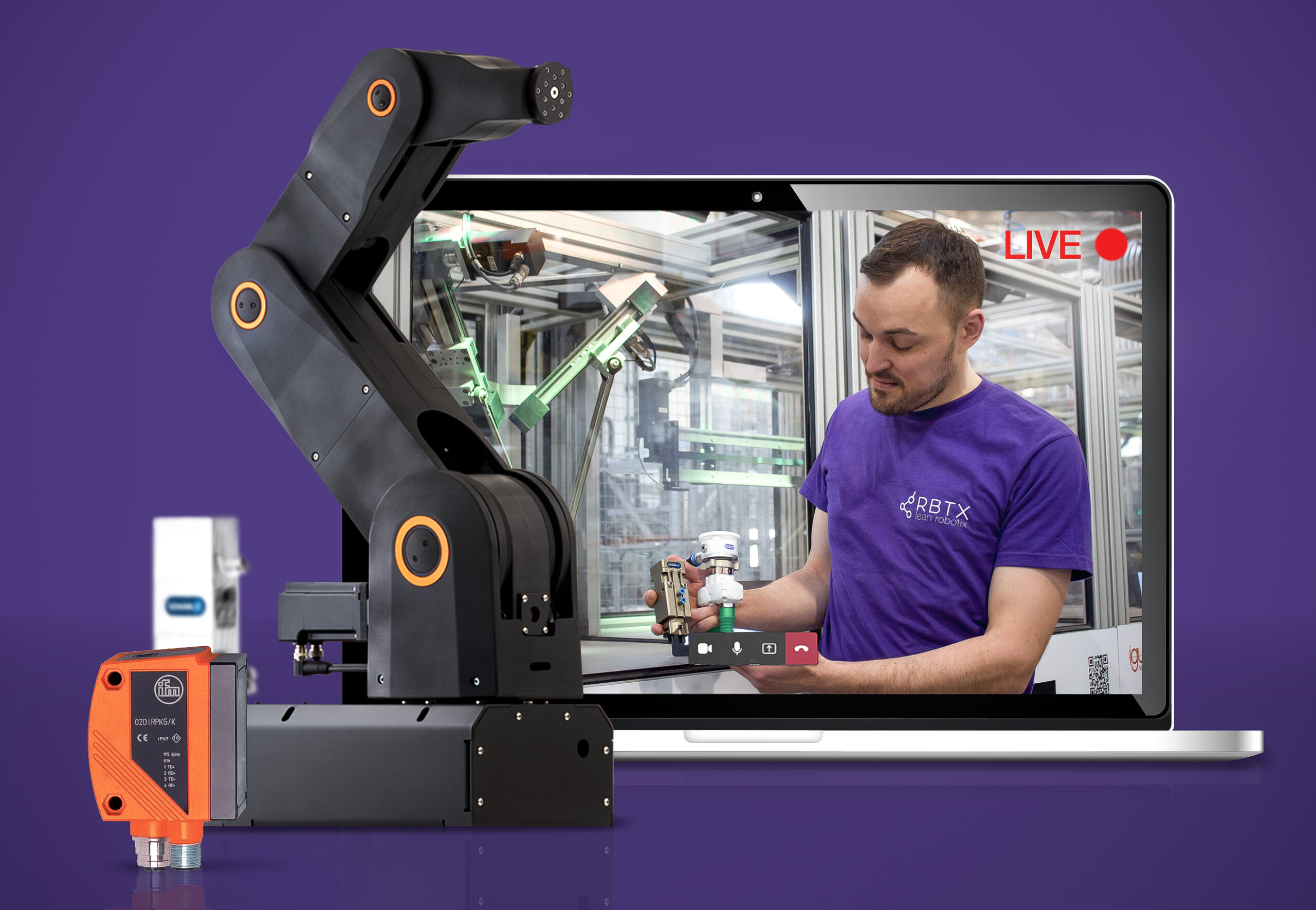- The project, run by Heidelberg University with the collaboration of IUVO, aims to enlarge the wealth of knowledge and scientific evidence proving the usability, acceptability and effectiveness of Comau’s MATE-XT exoskeleton in reducing biomechanical loads during strenuous tasks
- MATE-XT’s ergonomically-assisted support reduces muscle fatigue during overhead and repetitive operations
Grugliasco (Turin), June 17, 2021 – With the objective of strengthening the use of wearable robotics to facilitate human-machine collaboration, Comau and IUVO have partnered with Heidelberg University, one of Europe’s leading research institutions. The joint project aims to further quantify the degree to which the MATE-XT exoskeleton can reduce physical stress during strenuous tasks involving repetitive shoulder flexion movements within the German industrial context. The scientific study will analyze the biomechanics of using MATE-XT for new applications, under new conditions and within new industries and outdoor environments, while verifying users’ learning and motor adaptation speeds. The results achieved can be applied in similar conditions within other contexts all over the world.
The joint collaboration is fueled by the strong synergies in bio-engineering and advanced robotics that each partner brings to the table. Comau was introduced to Heidelberg University by IUVO, a spin-off company of Scuola Superiore Sant’Anna (Pisa, Italy). The majority share of IUVO is held by a joint venture between Comau and Össur, a market leader in the field of non-invasive orthopedics that improve human mobility, in which Comau is the majority holder. Comau has also co-developed both the original MATE and new MATE-XT exoskeletons together with IUVO.
The vast wealth of experience and scientific evidence collected by Comau and IUVO is the starting point of the new study. Heidelberg University will now research biomechanical and productivity results, among other factors, with the ultimate goal of collecting more data regarding MATE-XT’s effectiveness for novel and highly-demanding applications.
“The collaboration with Heidelberg University underscores our commitment to evolve the use of adaptive wearable technologies through the combination of empirically-backed research, advanced robotics and biomedical expertise,” said Giuseppe Colombina, Comau HUMANufacturing Innovation Hub Leader and CEO of IUVO.
“The collaboration with Comau and IUVO is extremely strategic for my research group at Heidelberg University. We have the chance to test a certified device from a leading automation company, and one that is also complementary to the robotic technology we have been designing here,” emphasized Lorenzo Masia, Ph.D. and Tenured Professor in Medical Technology and Biorobotics at Heidelberg University.
“The proliferation of wearable robotic devices represents a long-term, sustainable answer to ensure wellbeing in the workplace,” explained Nicola Vitiello, Ph.D., Associate Professor at Scuola Superiore Sant’Anna and founding partner of IUVO. “Our research with Heidelberg University, studying the use of MATE-XT within the German industrial context, will amplify our knowledge about the platform and potential development areas.”
The validation of breakthrough technologies in the field of biomedical devices and wearable robotics is an important step toward improving the quality of life for workers tasked with heavy, repetitive or highly manual operations. According to Comau estimates, the global market for exoskeletons alone will reach a 5-year CAGR of up to 40%, with the industrial sector representing close to half of this.
About Comau
Comau, a member of the Stellantis, is a worldwide leader in delivering advanced industrial automation products and systems. Its portfolio includes technology and systems for electric, hybrid and traditional vehicle manufacturing, industrial robots, collaborative and wearable robotics, autonomous logistics, dedicated machining centers and interconnected digital services and products able to transmit, elaborate and analyze machine and process data. With over 45 years of experience and a strong presence within every major industrial country, Comau is helping manufacturers of all sizes in almost any industry experience higher quality, increased productivity, faster time-to-market and lower overall costs. The company’s offering also extends to project management and consultancy, as well as maintenance and training for a wide range of industrial segments. Headquartered in Turin, Italy, Comau has an international network of 7 innovation centers, 5 digital hubs, 8 manufacturing plants and employs more than 9,000 people in 14 countries. A global network of distributors and partners allows the company to respond quickly to the needs of customers, no matter where they are located throughout the world. Through the training activities organized by its Academy, Comau is also committed to developing the technical and managerial knowledge necessary for companies to face the challenges and opportunities of Industry 4.0.


